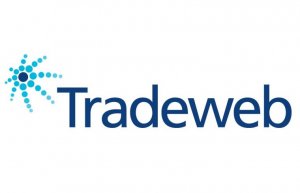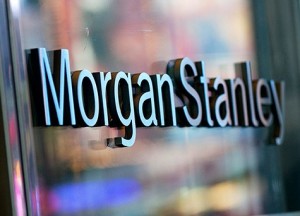Trading Technologies continues to dispute Patent Trial and Appeal Board decisions
The fifth appeal that Trading Technologies has filed over a period of about three months disputes the decisions of the Patent Trial and Appeal Board about patent ‘999 from August this year.

Trading Technologies International, Inc. continues to dispute the decisions of the Patent Trial and Appeal Board (PTAB) regarding its patents. In what is the fifth appeal filed by the company for the last three months, it disputes all the decisions made by the Board on August 14, 2017 regarding patent U.S. Patent 7,212,999 (“the ’999 patent”).
Putting it very briefly, the ’999 patent describes a graphical user interface (“GUI”) for an electronic trading system that allows a remote trader to view trends for an item, which assists the trader to anticipate demand for an item. For instance, the method comprises displaying a plurality of bid indicators, each corresponding to at least one bid for a quantity of the item, each bid indicator at a location along a first scaled axis of prices corresponding to a price associated with the at least one bid.
In August this year, the Board ruled that the ’999 patent does not recite a novel and non-obvious technological feature. For example, the “BACKGROUND OF THE INVENTION” section of the ’999 patent explains that it was well known for an exchange to record all transactions for a particular item and to replay or post to the individual traders outstanding bids with the highest values and outstanding offers with the lowest value, along with a quantity specified for each order, to facilitate trading a commodity.
“There is no indication in the ’999 patent that the inventors invented gathering market information, displaying it to a trader, and using the information to facilitate trading a commodity”, PTAB has argued.
Moreover, the Board ruled that the ’999 patent does not disclose an unconventional or improved method of mapping the bid indicators, offer indicators, or scaled price axis to the display. The decision was based on the fact that plotting bids and offers along a price axis is conventional in the electronic trading art. Also, the Board found that the abstract idea of graphing (or displaying) bids and offers to assist a trader to make an order is a fundamental economic practice or a process that can be performed using pen and paper. That is why, PTAB determined that placing an order based on displayed market information, such as the inside market and a few other orders, as well as updating the market information is a fundamental economic and conventional business practice.
In order to be patent eligible, a claim directed to an abstract idea must recite additional elements that constitute an inventive concept. The Board noted that receiving market information is nothing more than a routine data gathering step and routine data gathering does not transform the abstract idea into a patent-eligible invention. Displaying information as indicators along a scaled price axis is well-understood, routine, conventional activity that does not add significantly more to the abstract idea.
For the reasons discussed above, the Board ruled in August that claims 1 – 35 of the ’999 patent are not directed to patent eligible subject matter.
The latest case, captioned Trading Technologies v. IBG LLC (0:18-bcaag-01063), is filed with the Federal Circuit U.S. Court of Appeals.
On September 27, 2017, Trading Technologies filed a notice that it appeals to the United States Court of Appeals for the Federal Circuit from PTAB’s Final Written Decision entered on August 7, 2017, and from all underlying orders, decisions, rulings, institutions, and opinions regarding U.S. Patent No. 7,904,374, aka the ’374 patent. The other appeals concern the ’996 patent and the ‘056 patent. The respondents or appellees in all these cases include: IBG LLC, Interactive Brokers LLC, TradeStation Group, Inc., and TradeStation Securities, Inc.









